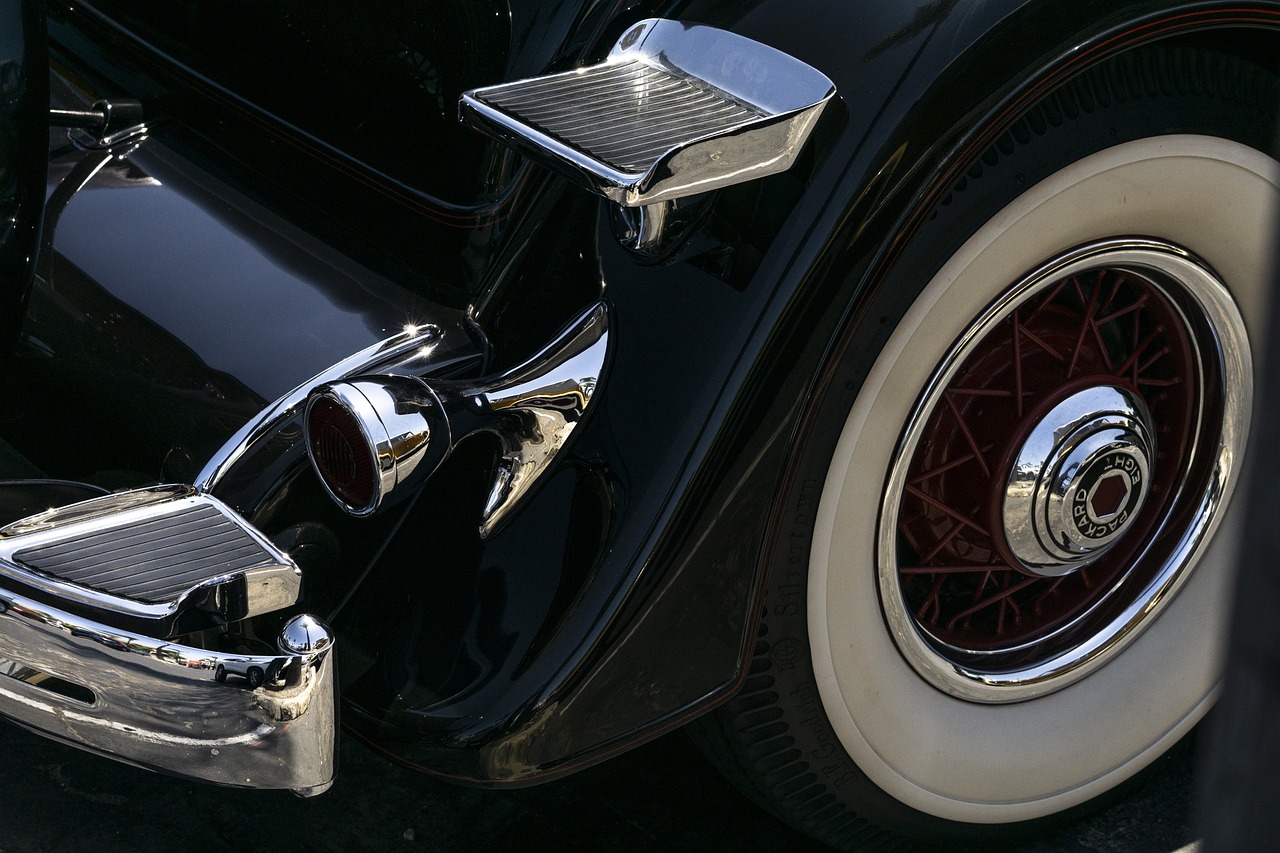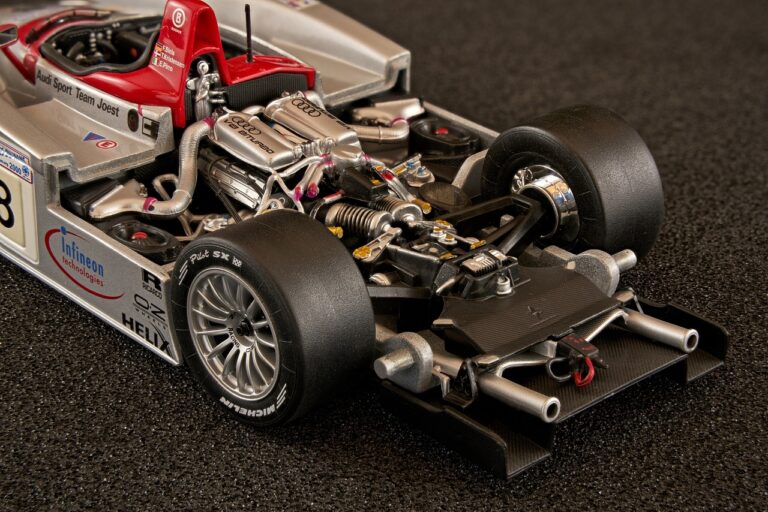How Car Racing Influences Car Engineering
In the realm of car engineering, car racing serves as a formidable catalyst for innovation and advancement. The relentless pursuit of speed and performance on the racetrack pushes engineers to develop cutting-edge technologies and techniques that eventually trickle down to consumer vehicles. From optimizing engine efficiency to fine-tuning suspension systems, the high-pressure environment of racing fosters a culture of continuous improvement that benefits the automotive industry as a whole.
Moreover, car racing provides a real-world testing ground for new ideas and designs in a way that lab simulations simply cannot replicate. The extreme conditions experienced during races push vehicles to their limits, revealing weaknesses and prompting engineers to devise creative solutions. As a result, the lessons learned on the track often lead to breakthroughs in automotive engineering that enhance both the safety and performance of everyday cars on the road.
The Role of Aerodynamics in Car Racing and Engineering
Aerodynamics play a crucial role in both car racing and engineering, influencing the performance and efficiency of vehicles on the track and on the road. By manipulating airflow around the car, aerodynamic designs aim to reduce drag and increase downforce, ultimately enhancing stability and speed. These advancements in aerodynamics have not only led to faster lap times in racing but also to improved fuel efficiency and overall driving dynamics in consumer vehicles.
In car racing, aerodynamics are a cornerstone of competitive success, with teams constantly refining and innovating designs to gain a competitive edge. Through wind tunnel testing and computational fluid dynamics simulations, engineers can fine-tune aerodynamic elements such as front splitters, rear wings, and diffusers to optimize airflow and maximize performance. This focus on aerodynamics has not only transformed the appearance of race cars but has also pushed the boundaries of what is possible in terms of speed, handling, and overall vehicle dynamics.
Innovations in Safety Features in Car Racing and Engineering
Over the years, the realm of car racing has witnessed significant advancements in safety features that have revolutionized the sport. One of the key innovations has been the introduction of the HANS device, which stands for Head and Neck Support. This crucial piece of equipment helps to prevent head and neck injuries by limiting the movement of the head during a crash, reducing the risk of whiplash and other serious injuries.
Another major breakthrough in safety features for car racing is the development of the SAFER Barrier, which stands for Steel and Foam Energy Reduction. This barrier system consists of steel tubes welded together and lined with foam panels, designed to absorb and dissipate the energy upon impact. By installing SAFER Barriers along the walls of racetracks, the risk of severe injuries to drivers in high-speed crashes has been significantly minimized.





